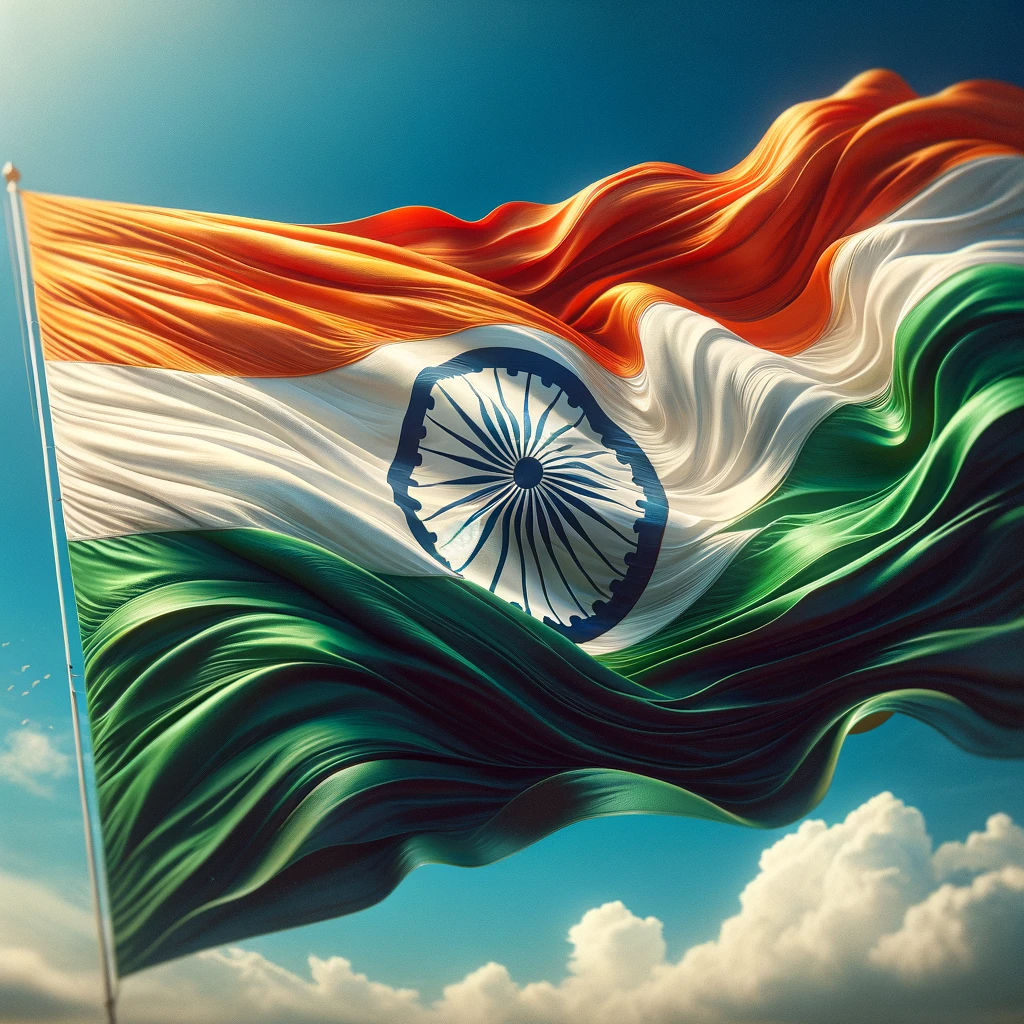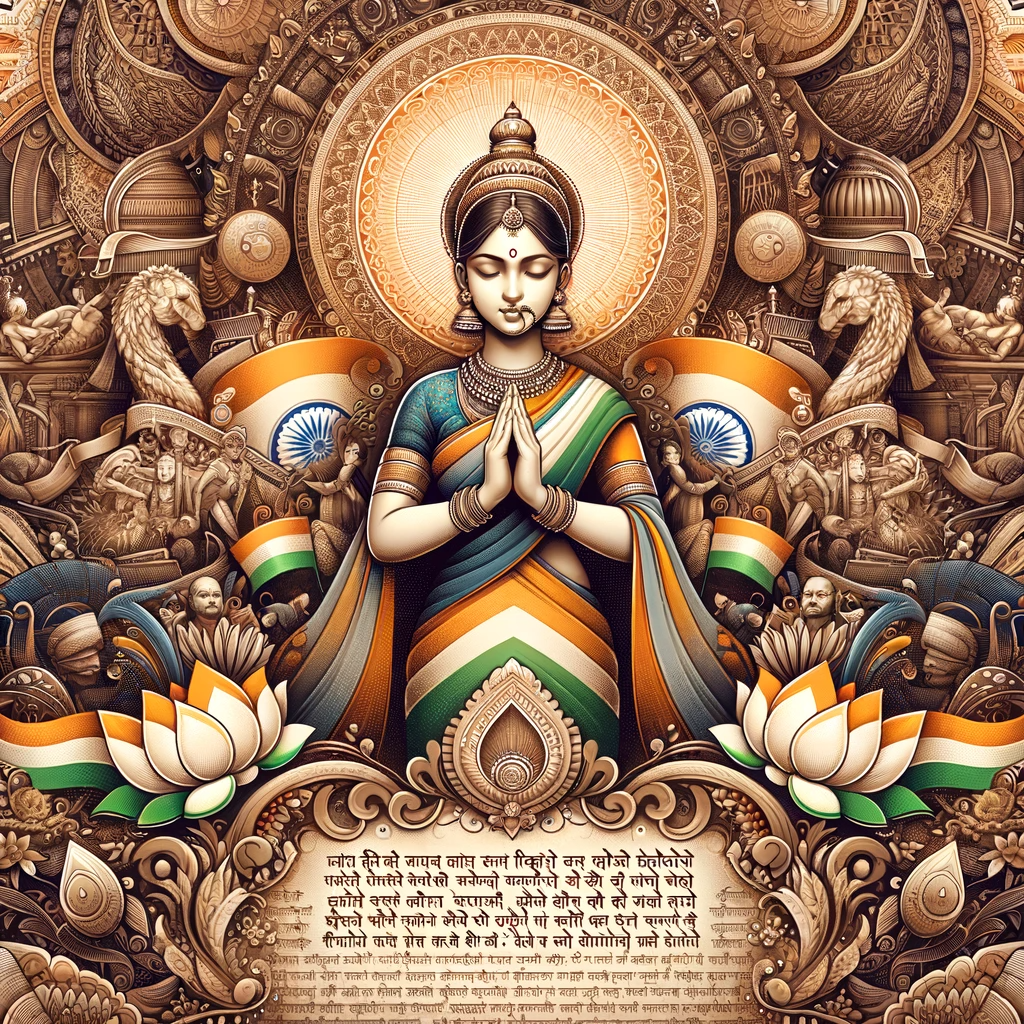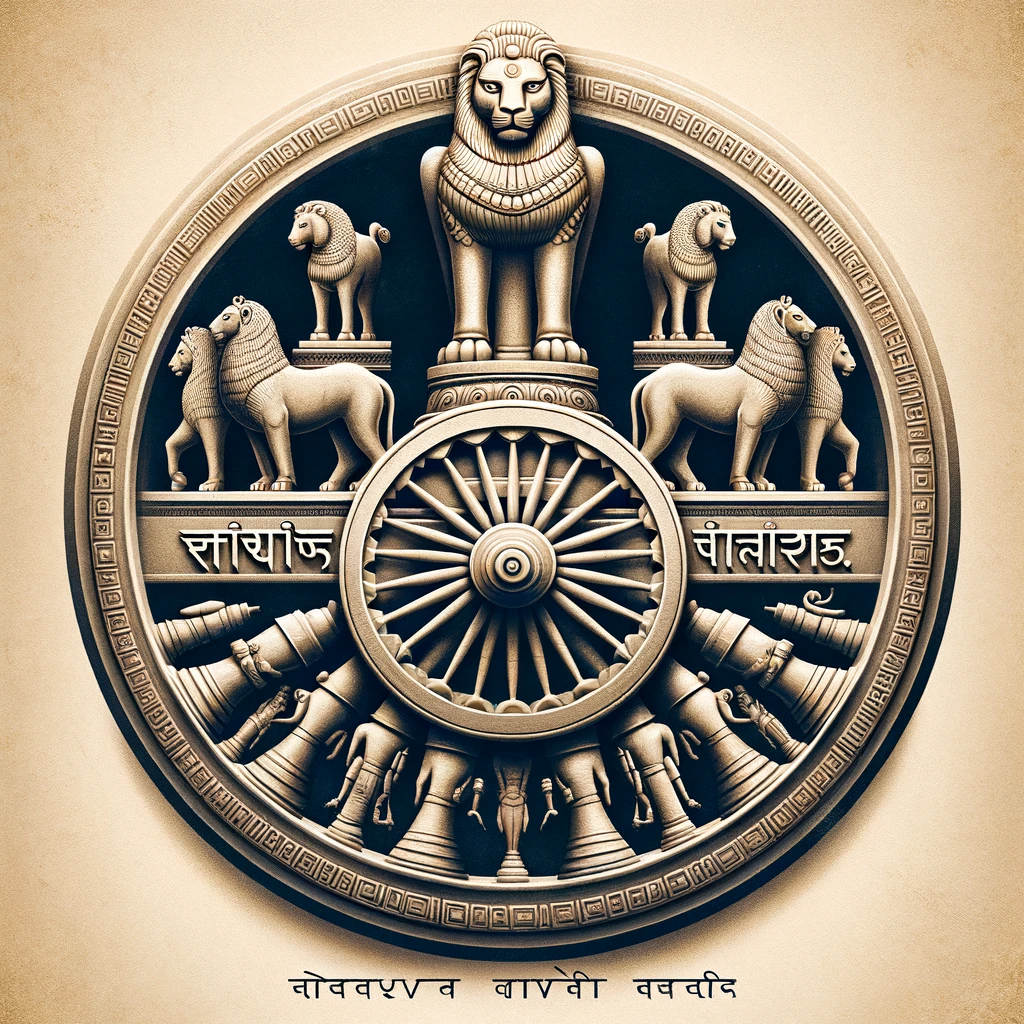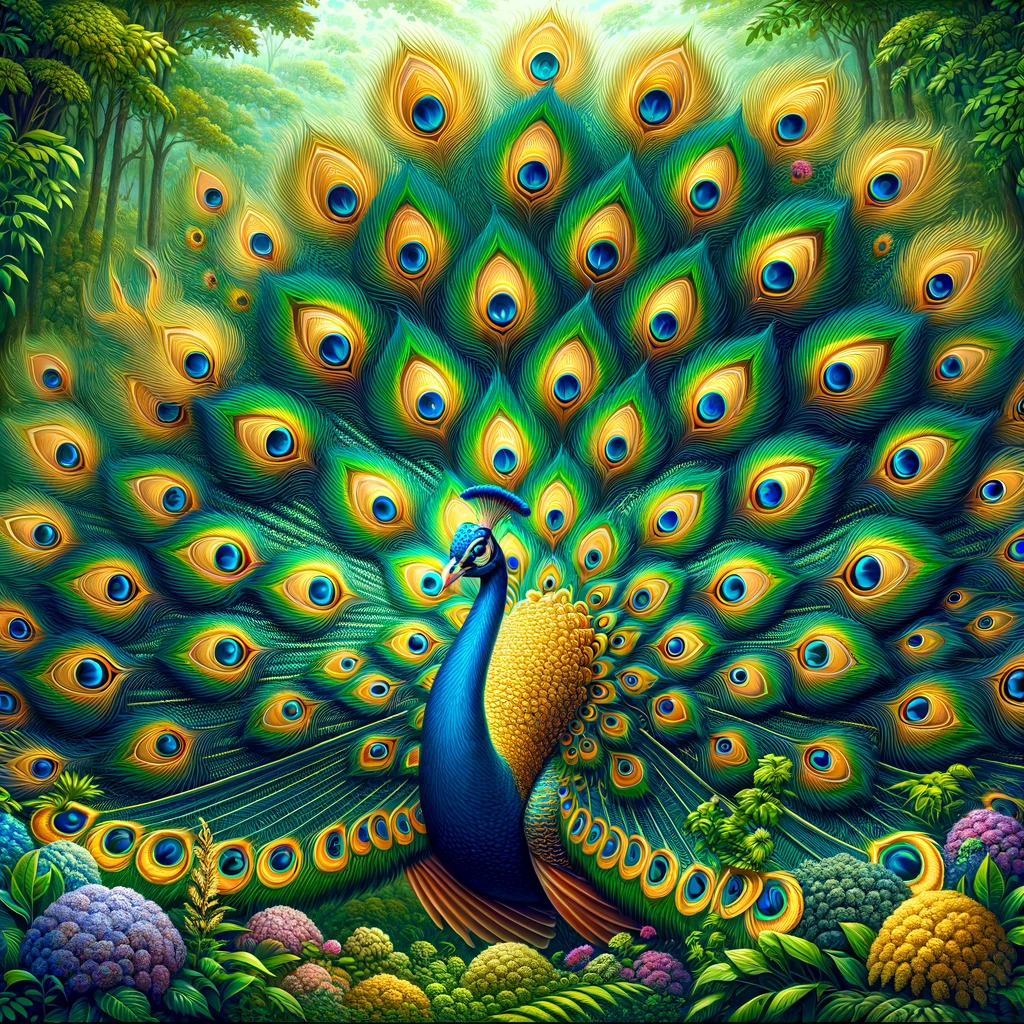National Symbols of India
The national emblems of India mirror the nation’s culture and unique character, encapsulating the spirit of its people, principles, and characteristics. In a nation as diverse as India, where each state speaks its own language, an array of national symbols is present, each representing the nation’s opulent cultural legacy. These emblems stand as a declaration of the deep and dynamic culture that flows through our land.
What are the national symbols of India?
The national symbols of India are categorized as the national flag, national emblem, national song, national bird, national animal, National tree, national fruit, the national flower, National anthem, national game, National calendar, national vegetable, National aquatic animal, national heritage animal, national river, and national currency.
Buy Prime Test Series for all Banking, SSC, Insurance & other exams
List of National Symbols of India
National Flag of India

The National Flag is a horizontal tricolour of India saffron (kesaria) at the top, white in the middle and India green at the bottom in equal proportion. The ratio of width of the flag to its length is two to three. In the centre of the white band is a navy-blue wheel which represents the chakra.
The top saffron colour, indicates the strength and courage of the country. The white middle band indicates peace and truth with Dharma Chakra. The green shows the fertility, growth and auspiciousness of the land.
Its design is that of the wheel which appears on the abacus of the Sarnath Lion Capital of Ashoka. Its diameter approximates to the width of the white band and it has 24 spokes. The design of the National Flag was adopted by the Constituent Assembly of India on 22 July 1947.
National Anthem of India

The National Anthem of India Jana-gana-mana, composed originally in Bengali by Rabindranath Tagore, was adopted in its Hindi version by the Constituent Assembly as the National Anthem of India on 24 January 1950. It was first sung on 27 December 1911 at the Kolkata Session of the Indian National Congress.
The complete song consists of five stanzas. The first stanza contains the full version of the National Anthem. Playing time of the full version of the national anthem is approximately 52 seconds. A short version consisting of the first and last lines of the stanza (playing time approximately 20 seconds) is also played on certain occasions.
National Song of India

The song Vande Mataram, composed in Sanskrit by Bankimchandra Chatterji, was a source of inspiration to the people in their struggle for freedom. It has an equal status with Jana-gana-mana. On January 24, 1950, the President, Dr. Rajendra Prasad came up with a statement in the Constituent Assembly, “the song Vande Mataram, which has played a historic part in the struggle for Indian freedom, shall be honoured equally with Jana Gana Mana and shall have equal status with it.”
The first political occasion when it was sung was the 1896 session of the Indian National Congress. The song was a part of Bankimchandra’s most famous novel Anand Math (1882).
State Emblem of India

The state emblem is an adaptation from the Sarnath Lion Capital of Ashoka. In the original, there are four lions, standing back to back, mounted on an abacus with a frieze carrying sculptures in high relief of an elephant, a galloping horse, a bull and a lion separated by intervening wheels over a bell-shaped lotus. Carved out of a single block of polished sandstone, the Capital is crowned by the Wheel of the Law (Dharma Chakra).
National Bird of India

The Indian peacock, Pavo cristatus, the National Bird of India, is a colourful, swan-sized bird, with a fan-shaped crest of feathers, a white patch under the eye and a long, slender neck. The male of the species is more colourful than the female, with a glistening blue breast and neck and a spectacular bronze-green tail of around 200 elongated feathers. The female is brownish, slightly smaller than the male and lacks the tail. The elaborate courtship dance of the male, fanning out the tail and preening its feathers is a gorgeous sight.
National Animal of India

The magnificent tiger, Panthera tigris is a striped animal. It has a thick yellow coat of fur with dark stripes. The combination of grace, strength, agility and enormous power has earned the tiger its pride of place as the national animal of India.
States and Capitals: Complete List of 28 States and Capitals of India and 8 UTs 2023




 Weekly One Liners 15th to 21st of Decemb...
Weekly One Liners 15th to 21st of Decemb...
 World Basketball Day 2025 Celebrates Bas...
World Basketball Day 2025 Celebrates Bas...
 UN Celebrates Second World Meditation Da...
UN Celebrates Second World Meditation Da...







